Data analytics is the process of analyzing raw data in order to draw out meaningful, actionable insights, which are then used to inform and drive smart business decisions. Data analytics is the process of collecting information for the purpose of studying it to generate insights. Prescriptive data analytics is a more advanced analytics that refers to the stage in data analytics that focuses on providing actionable recommendations for decision-making to achieve specific objectives. Predictive data analytics is the next type of data analytics that focuses on forecasting future trends and outcomes based on historical data and statistical algorithms. Predictive analytics can help answer the question, “What is likely to happen?” It uses historical data and statistical models to predict future risks, opportunities, and outcomes.
- IT and software development professionals may diversify their work portfolio with new analytical and data analytical skills.
- These functions are frequently used in customer databases, financial reports, and product inventories.
- With that, we’ve seen a whole host of courses and programs emerging which focus on teaching data analytics from scratch and, ultimately, facilitating a career-change into the field.
- The Internal Revenue Service (IRS) uses this type of analytics to predict future fraudulent activities.
- Begin building job-ready skills with the IBM Data Analytics Professional Certificate.
What is the Typical Process That a Data Analyst Follows?
While both fields work with data, Data Science involves complex algorithms, whereas Data Analytics emphasises trend analysis. Whether you want to develop skills in statistical analysis, machine learning, or business intelligence, acquiring the appropriate skills can make you stand out in the field. Using what you’ve learned about past trends and the probable causes of those trends, you can reoptimize your business processes to make things turn out the way you want down the road. 4) Perform data analysis to find hidden patterns, trends, and valuable insights from large datasets. Your goal here is to not only answer specific hypotheses but discover new questions and unanticipated insights by exploring the data. Traditionally, performing big data analytics meant a lot of heavy lifting in terms of coding and manual analysis.
What tools and techniques do data analysts use?
- Learn from the best in Google’s Data Analytics Professional Certificate, which will have you job-ready for an entry-level data analytics position in approximately six months.
- Relational databases are a much better option than Excel for data storage.
- Data analytics, as a whole, includes processes beyond analysis, including data science and data engineering.
- There are multiple paths toward securing your first job in data analytics.
- The work of a data analyst involves working with data throughout the data analysis pipeline.
- This will provide advanced home automation that can adapt to the way you live.
An ad hoc report could focus on your corporate social Data analytics (part-time) job media profile, examining the types of people who’ve liked your page and other industry pages, as well as other engagement and demographic information. An ad-hoc report’s hyperspecificity gives a very complete picture of, say, your social media audience in a particular city at a certain time of day. From there, predictive modeling could be used to analyze the statistics for two, or more, target audiences and provide possible revenue values for each demographic. It contains articles, info-graphics, and projects that help people understand what data science is and how to use it. It is designed to be an easy-to-use introduction to the field of data science for beginners, with enough depth for experts. It allows users to connect data from diverse sources, using the capabilities of AI and ML technologies for exploration.
State of Data Analytics: Job Outlook, Salaries and Future of the Industry
There, you’ll learn key skills like data cleaning and visualization and get hands-on experience with common data analytics tools through video instruction and an applied learning project. Data analytics refers to the process of examining raw data to uncover patterns, draw conclusions, and make informed decisions using various techniques, tools, and methodologies. It involves extracting meaningful insights from data to support business intelligence, strategy, and decision-making processes. Augmented analytics uses machine language (ML) and natural language processing (NLP) to analyze data. Incorporating machine learning into analytics helps automate the tedious task of code-based data exploration and make it available to business users.
Data analytics jobs
C) Professionals who need a quick and simple way to analyse small datasets. Microsoft Excel might be the oldest player in the game, but it remains one of the most widely used tools for Data Analysis. It’s simple, accessible, and powerful enough for basic to intermediate-level analytics. While clustering groups unknown data, classification assigns data into predefined categories based on patterns.
Imagine taking a pile of complex data and transforming it into easily digestible visuals. That’s data visualization—presenting information in charts, graphs, and interactive dashboards helps users comprehend patterns and trends. This simplifies complex concepts, opens up data exploration, and makes it easier to share insights. Data visualization, cloud computing, natural language processing (NLP), machine learning (ML), and artificial intelligence (AI) all provide the infrastructure, tools, and frameworks needed for all analytics.
Improved business performance
The finance industry relies heavily on Data Analytics for anti-money laundering purposes, “Know Your Customer”, fraud mitigation, and demand enterprise risk management. The three most important attributes of big data include volume, velocity, and variety. Understanding what tools are Software engineering available, how to use them and how each one can help you meet business objectives is crucial when starting your career as an analyst.
What’s the difference between data analytics and data science?
Companies use it to identify trends and benchmarks faster than their competitors. They can also track and analyze their competitor’s operations instantaneously. This type of data analytics examines past data to explain what had happened. Depending on the scenario, some data analysts use descriptive analytics as a summary to support investigations and analysis from other types of analytics. This can be tagged as “best practice” because it explains the results from other analytics regarding historical data. These goals differentiate data analysis from similar disciplines like business analytics and data science.

